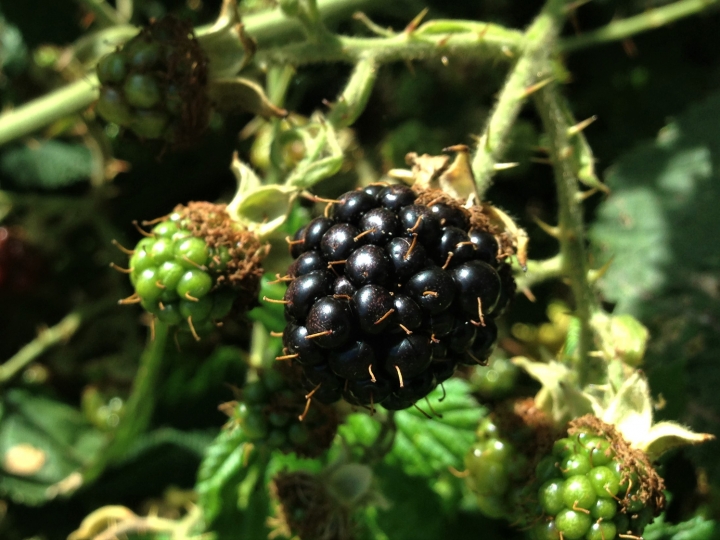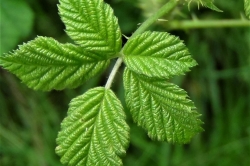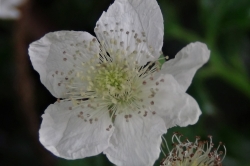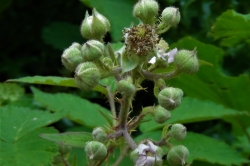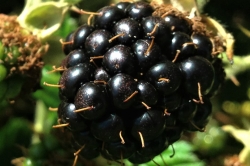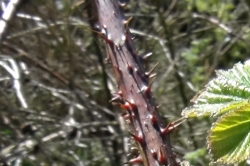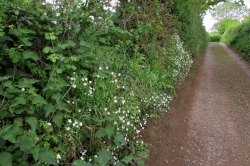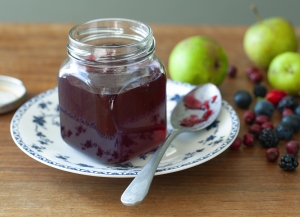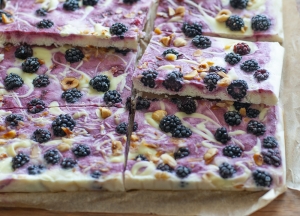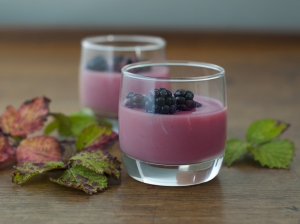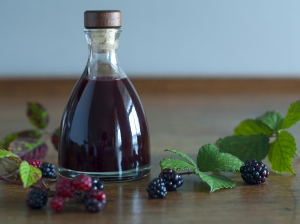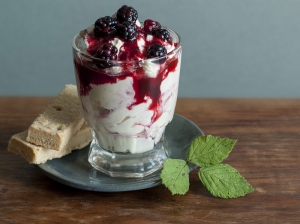Thorny as hell and a pain almost all year except when the blackberry fruits and they become a must have Autumn delight.
Home / Hedgerow Guide /
Bramble
Bramble
| Hedgerow Type | |
| Common Names |
Blackberry |
| Scientific Name |
Rubus fruticosus |
| Season Start |
Mar |
| Season End |
Oct |
Please note that each and every hedgerow item you come across may vary in appearance to these photos.
Leaves
There are hundreds of different types of blackberry in the UK and the leaves vary from palmate to oval on plants I have seen.
Flowers
2 – 3 cm in diameter growing in clusters normally with 5 white to pale pink petals but they can have more.
Stem
Tough and thorny, growing with long feelers across open ground and creating trip wires in the undergrowth for the unsuspecting forager!
Habitat
Mixed woodland, hedgerows, railway embankments, waste ground and gardens, it tolerates very poor soil. You all know where the blackberries grow.
Possible Confusion
Dew Berries or other blackberries.
Taste
Wonderful and sweet, well worth the mandatory removal of the seeds from the gaps in your teeth afterwards.
The spring leaves have quite a nice neutral but slightly fruity flavour.
All hail the humble blackberry!
Collecting
Protect yourself as best you can from the thorns and just go for it!
When collecting lots I use plastic bottles with wide tops, these can then be placed straight in the freezer for long term storage. But if you want to keep the blackberries looking good then shallow trays are the best receptacle.
The leaves should be collected for salads in spring.
Medicinal Uses
Because of the tannin in the leaves and bark the bramble was used as an astringent to treat dysentery and diarrhoea.
The juice can be used to ease the discomfort of hemorrhoids.
Other Facts
The hardy blackberry is a fruit plant we should love and look after, it is very important for much of our wildlife, providing cover and food for many different species of insect, bird and mammal.
Beware though, given half a chance it will take over your garden. Time lapse filming of this plant shows the way it hunts open ground for fresh areas to grow in like a slow motion predator. Well worth a watch if you can find it on youtube.
Can be used to make an effective fence against humans and stock animals.


 (8 votes, average: 4.25 out of 5)
(8 votes, average: 4.25 out of 5)